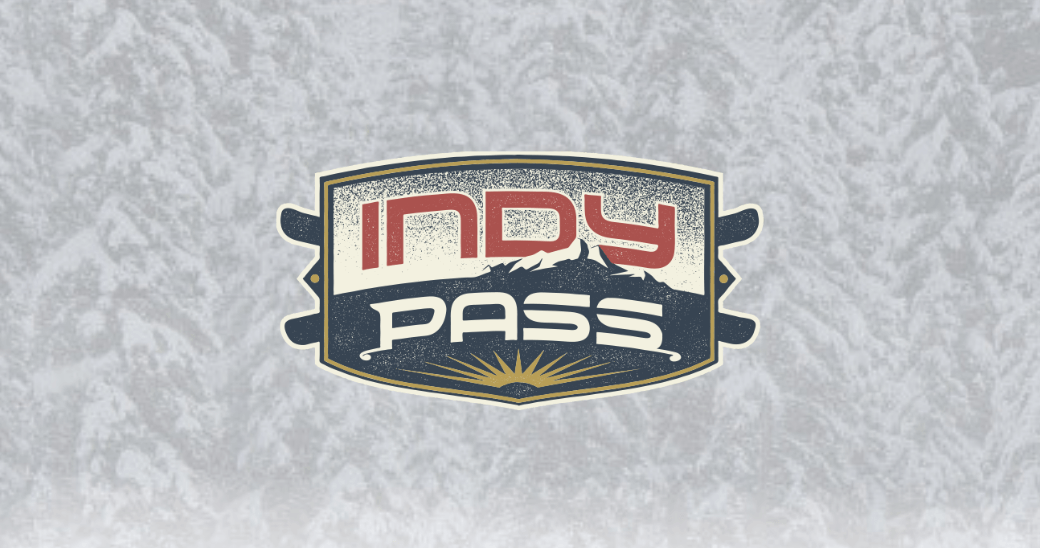Season Passes
Three things that really intrigue me about the Indy Pass.


BLANCHARD
You may have heard of the Indy Pass. Maybe it hasn’t tripped your radar yet. Regardless, on first glace it’s easy to see this pass a (yet) another multi-resort partnership product.
To the consumer? Yeah, it is. But to the resorts and the industry? It’s far from.
Freedom Pass
Take, for example, the Freedom Pass. The freedom pass faced a few hurdles:
- Time to maintain: you gotta recruit, coordinate, etc.
- Cost to maintain: you need a site, logo, PR push, ad budget, etc.
- Division of labor: resorts were both partners and managers of the product
Some passes and partnerships have solved for this in some degree by partnering with agencies (like Mountain Collective), but there are still questions to answer once you make that decision like who pays for what (and how much).
The Indy Pass has three key tweaks that get at the heart of these issues and more.
1) A Resort Didn’t Come Up With It
The pass was created by an agency: Fish marketing. I love how agencies are using their skill to build products, but that’s typically in the form of SaaS. This is a fascinating effort from a group that knows small- to mid-sized resorts really well to solve a broader, shared problem through a physical product.
2) There’s a Cost to Buy In
According to their website, “Resorts pay a $1000 to $3000 fee to participate each year depending on restrictions:midweek and non-holiday options available.” Then a $199 pass is sold by the agency with perks at each resort and “85% of pass revenue is returned to participating resorts based on redemptions.” So far they’ve got about 25 resorts signed up (at least that’s how many are listed on their website), which means there’s about $50k in the pot thus far.
3) The Agency Takes Care of Everything
This is my favorite part, because those pooled resources:
- Give Fish the ability to dedicate a person to run the whole thing
- Give Fish the ability to be a true 3rd party and spend, promote, etc. equally for the whole group
- Give the resort the ability to, for the most part, participate through a one-time spend rather than an undefined contribution of time.
I’m sure the resorts will act as some sort of board to help guide the direction, but thee key is that they aren’t responsible for the direction.
If This Works…
I really believe that the only way we’re ever going to launch another industry-wide marketing campaign is this sort of system. Someone who knows a lot of resorts convinces everyone to pool $X,XXX, that someone is trusted to created the campaign with (some) input from the resorts, and then they just do it.
To me, the Indy Pass is going to either prove it’s possible and pave the way for more of the same or highlight the flaws or challenges in trying to do so. Either way, it gets us one step closer.
I’m still wrapping my head around this one, but no matter if it succeeds or fails, I am a huge fan of what Fish is trying to do and wish them the best of luck.
About Gregg & SlopeFillers
I've had more first-time visitors lately, so adding a quick "about" section. I started SlopeFillers in 2010
with the simple goal of sharing great resort marketing strategies. Today I run marketing for resort ecommerce and CRM provider
Inntopia,
my home mountain is the lovely Nordic Valley,
and my favorite marketing campaign remains the Ski Utah TV show that sold me on skiing as a kid in the 90s.
Get the weekly digest.
New stories, ideas, and jobs delivered to your inbox every Friday morning.
